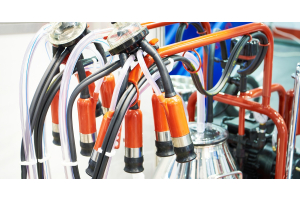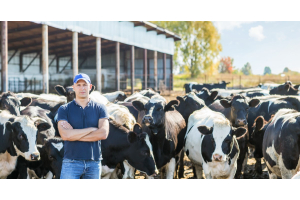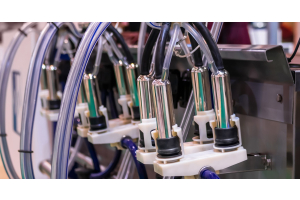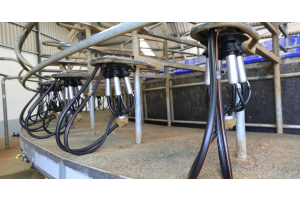The Importance of Regular Maintenance for Milking Equipment
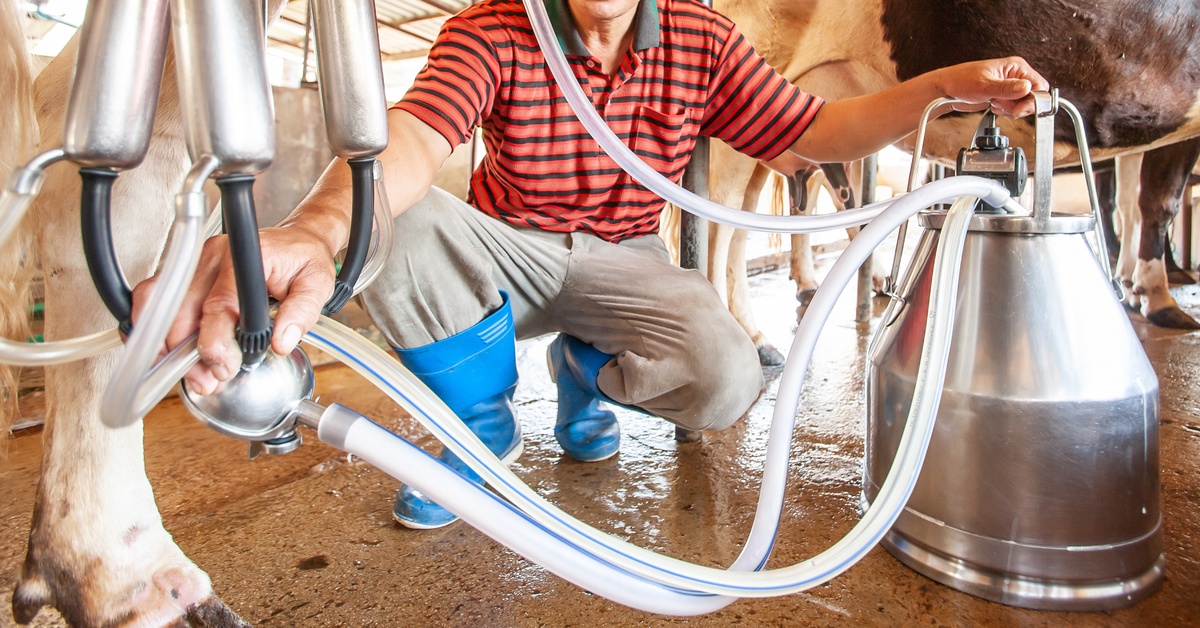
Milking equipment is the foundation of every successful dairy operation, directly influencing productivity, milk quality, and farm profitability. Modern dairy farms use milking systems that require consistent attention and care to function at peak. Learn more about the importance of regular maintenance for milking equipment, and transform your dairy operation into something even more profitable!
What Does Regular Maintenance Include?
Regular maintenance encompasses all planned activities that keep milking equipment operating at its best. This proactive approach includes daily cleaning procedures, weekly inspections, monthly component replacements, and seasonal overhauls.
Maintenance differs from repairs because it addresses potential issues before they cause equipment failures or production losses. The importance of regular maintenance for milking equipment includes replacing worn rubber components, calibrating vacuum systems, and testing milk quality sensors. Effective maintenance programs follow manufacturer specifications while adapting to the unique conditions of each dairy operation.
Benefits of Regular Maintenance
Consistent maintenance extends equipment lifespan by preventing premature wear and reducing the stress on components during daily operations. Machinery in good shape operates efficiently, uses less energy, and maximizes milk production per cow. Regular maintenance also prevents contamination by sanitizing all surfaces, protecting milk quality, and complying with health regulations.
Equipment that receives maintenance operates reliably during peak milking times, eliminating the production disruptions that cost farmers time and money.
Risks of Neglecting Maintenance
Neglecting equipment inevitably leads to unexpected breakdowns that shut down milking operations during the most inconvenient times, requiring emergency repairs. Poorly maintained equipment becomes a breeding ground for bacteria, compromising milk quality and leading to rejected milk loads or regulatory violations. Neglected milking systems may also cause mastitis and low milk production in cows due to improper vacuum levels, damaged inflations, or malfunctioning pulsation.
The financial impact of neglect compounds over time, as equipment deteriorates more rapidly, requiring more frequent replacements and consuming more energy to operate inefficiently. Farm managers who skip equipment maintenance may get stuck in cycles of crisis management that drain resources and prevent growth.
Key Components Requiring Routine Care
Milking clusters and inflations require the most frequent attention because they come into direct contact with cows and experience constant flexing that causes rubber components to crack and lose effectiveness. Vacuum pumps and regulators require regular inspection and calibration to maintain milking vacuum levels, supporting milk removal without causing discomfort to animals.
Milk storage tanks and cooling systems require daily cleaning and periodic deep sanitization to prevent bacterial growth that may contaminate entire milk loads. Pipeline systems and fittings require regular inspection for leaks, blockages, and wear that compromise milk flow and create sanitation challenges. Each component operates as part of an integrated system where failure in one area affects the performance of all other parts.
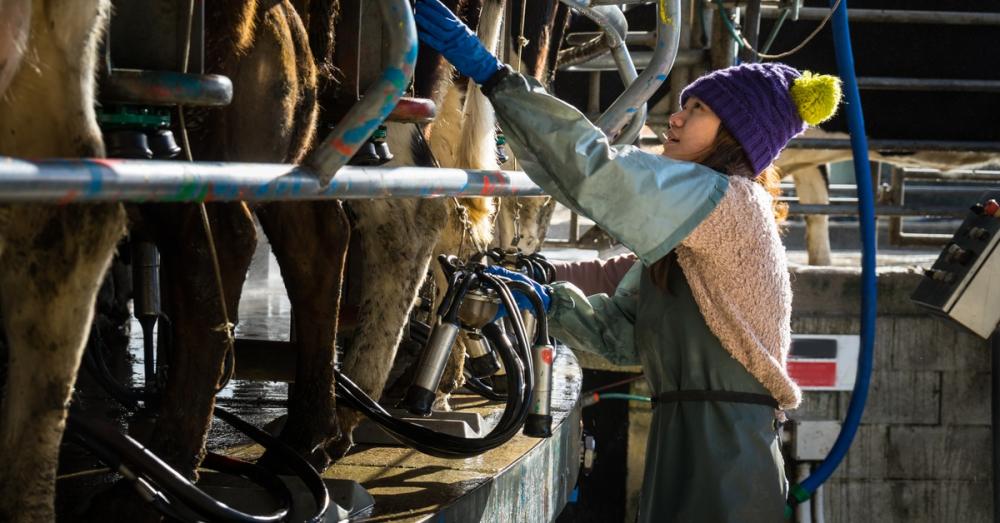
Recommended Maintenance Schedule
Your scheduled maintenance depends on the efficiency of your operation and the type of equipment used in your system. Follow the manufacturer’s guidelines to perform maintenance that aligns with warranty requirements and equipment specifications. Typically, the following timelines are best for particular milking equipment:
- Daily maintenance tasks include thorough cleaning and sanitization of all milk contact surfaces, visual inspection of inflations and clusters, and verification that cooling systems maintain appropriate temperatures.
- Weekly maintenance tasks include checking vacuum levels, inspecting milk lines for damage or blockages, and testing the functionality of automatic systems, such as pulsators and milk meters.
- Monthly maintenance tasks involve replacing worn inflations, calibrating vacuum regulators, and performing deep cleaning procedures on storage tanks and pipeline systems.
- Seasonal maintenance tasks involve comprehensive system overhauls, replacement of major wear items, and professional inspections that identify potential problems before they affect production.
Steps for Effective Cleaning and Sanitization
Cleaning begins with a thorough rinse to remove milk residue, followed by the application of alkaline cleaning solutions that break down protein and fat deposits. The cleaning solution must circulate through all milk-contact surfaces for the recommended time and temperature to remove organic matter.
After cleaning, a secondary rinse removes all cleaning chemicals before applying acid cleaners that eliminate mineral deposits and restore surface conditions. Sanitization follows cleaning and involves applying approved sanitizing agents that kill bacteria and other microorganisms, leaving no harmful residues.
The Role of Preventive Maintenance
Preventive maintenance focuses on identifying and addressing wear patterns before they cause equipment failures that disrupt milking operations. This proactive approach involves regularly inspecting components for fatigue, corrosion, or damage that indicate an approaching failure. Scheduled replacement of inflations, gaskets, and seals prevents unexpected breakdowns while maintaining optimal equipment performance.
Preventive maintenance records help you track equipment performance over time, anticipate when components will require replacement, and plan maintenance. The investment in preventive care pays dividends through reduced downtime, lower repair costs, and consistent milk production.
Signs That Your Equipment Needs Immediate Attention
Declining milk yields or changes in milk quality may indicate equipment problems that require immediate attention to prevent them from negatively affecting animal health or milk safety. Unusual sounds, vibrations, or odors during milking suggest mechanical problems that will worsen if neglected. Visible damage to inflations, gaskets, or other components in your milking equipment for cows compromises system integrity and creates opportunities for contamination or inefficient milking.
Changes in milking time or difficulty achieving appropriate vacuum levels indicate system problems that affect cow comfort and milk production. Any deviation from normal operating parameters should trigger immediate investigation and corrective action to prevent more serious problems.
Best Practices for Routine Equipment Checks
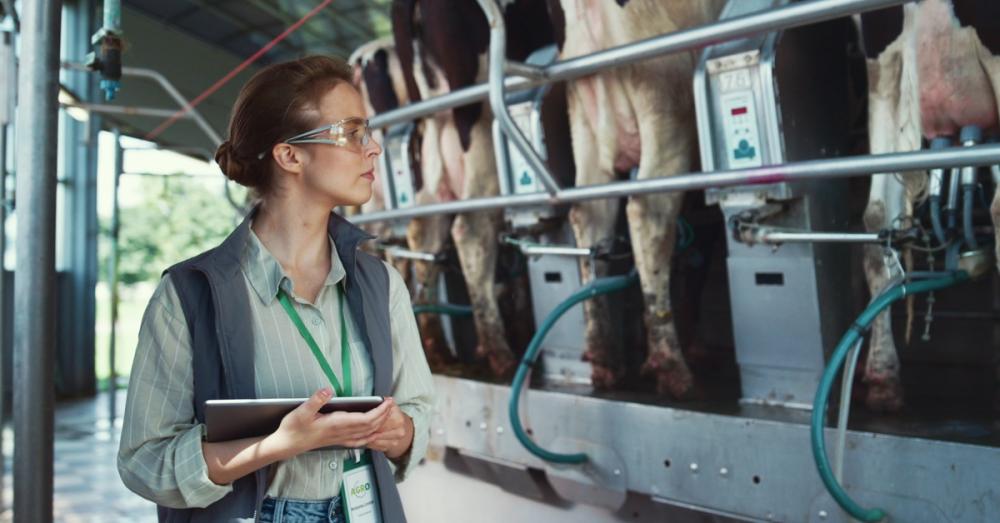
Begin each milking session with a visual inspection of all machinery components that come into contact with milk or cows. Test vacuum levels and pulsation rates so that milking parameters remain within optimal ranges. Keeping detailed records of all maintenance activities, equipment performance, and issues discovered helps you identify patterns and predict future maintenance needs.
Regular calibration of automated systems ensures accurate measurement and consistent performance that meets production targets. These routine checks will become second nature with practice and provide warnings of problems that could affect production or milk quality.
How Maintenance Supports Health and Safety
Maintenance keeps your production in compliance with food safety regulations by maintaining sanitary conditions. Clean equipment in good shape creates a healthy environment for dairy cows by reducing exposure to bacteria and other pathogens that cause mastitis or other health problems.
Regular maintenance protects farm workers by guaranteeing safe equipment operation and preventing electrical problems, mechanical failures, or chemical exposure. Compliance with industry standards through maintenance protects farms from regulatory violations that result in penalties or loss of market access.
Regular maintenance transforms milking equipment from a potential source of problems into a reliable foundation for dairy operation success. The discipline for effective maintenance creates operational habits that improve farm management and decision-making. Your commitment to equipment care reflects a professional approach to dairy farming that builds trust with buyers, lenders, and other business partners.






